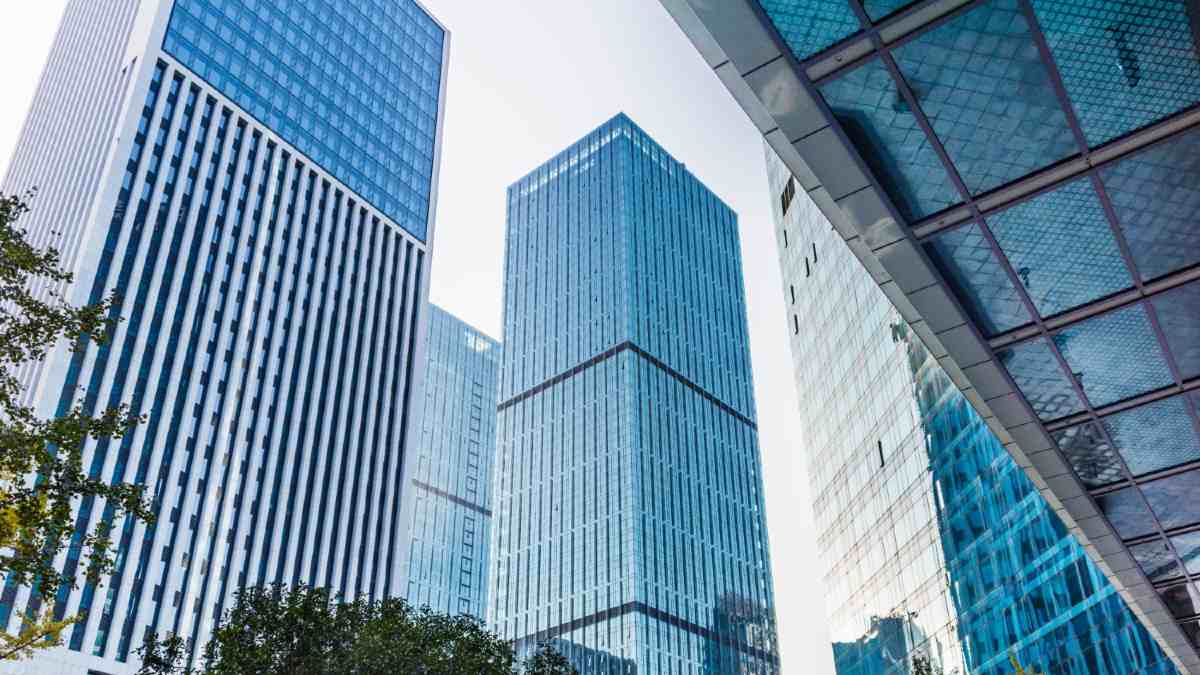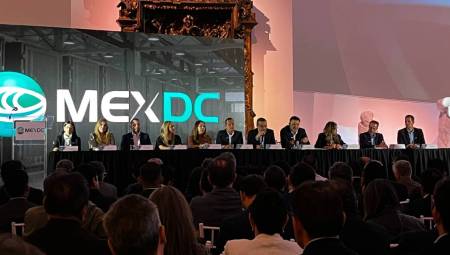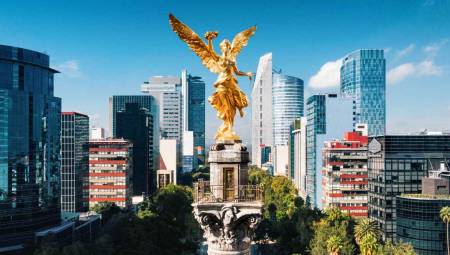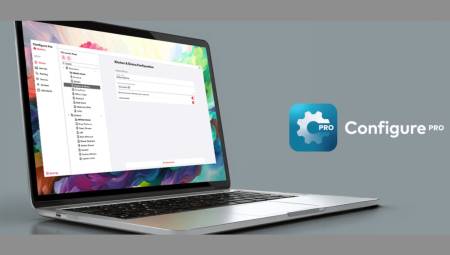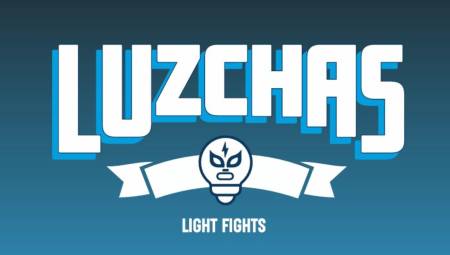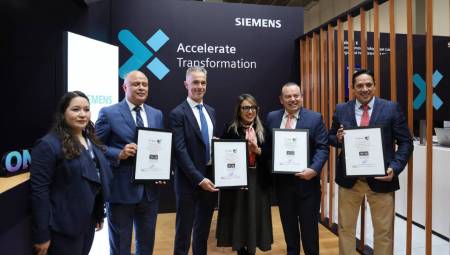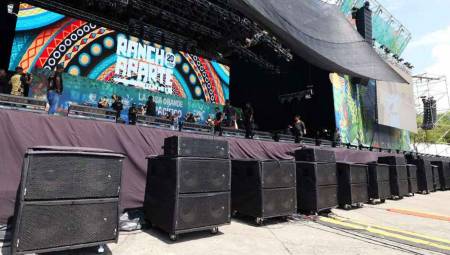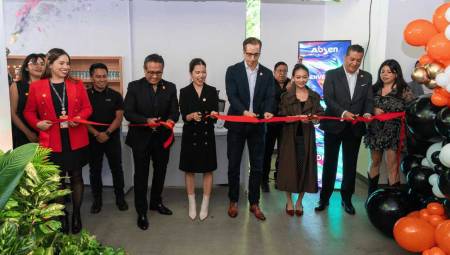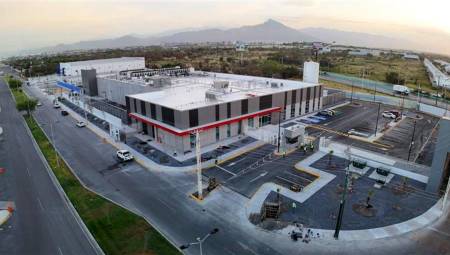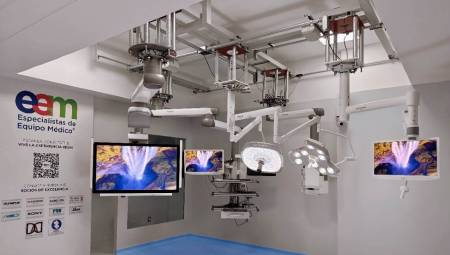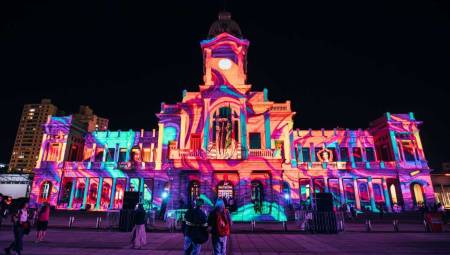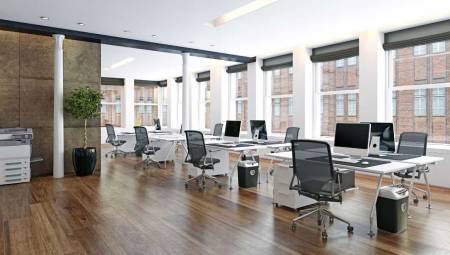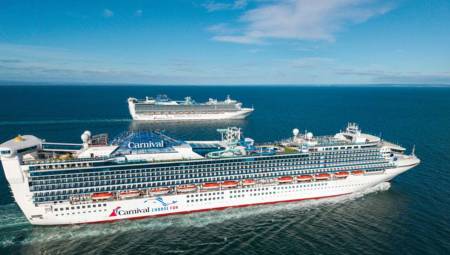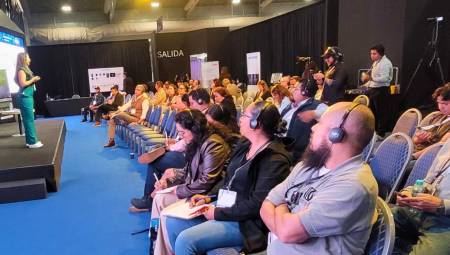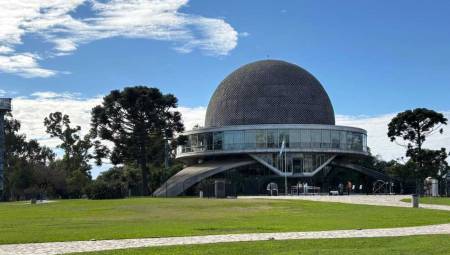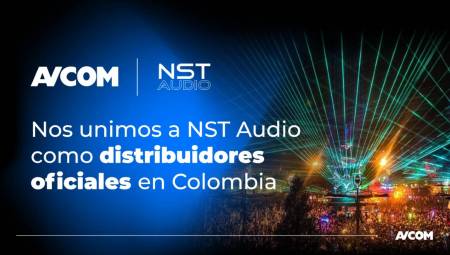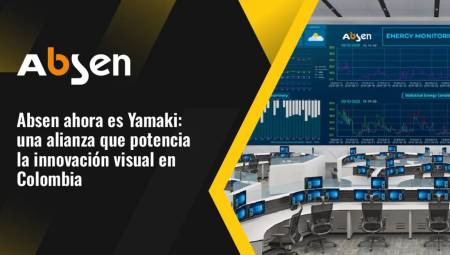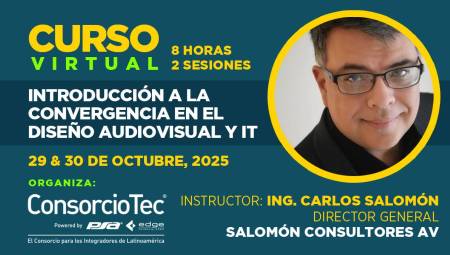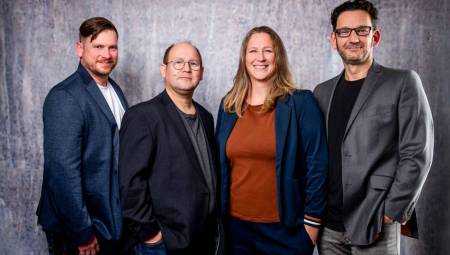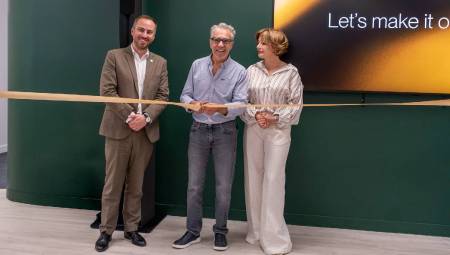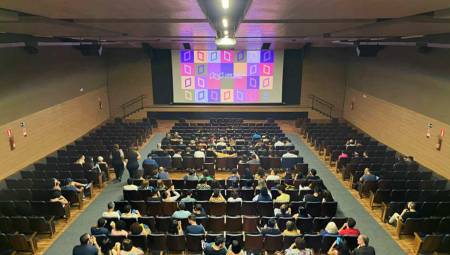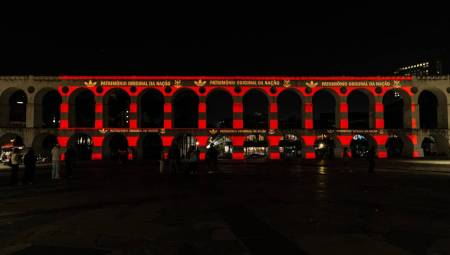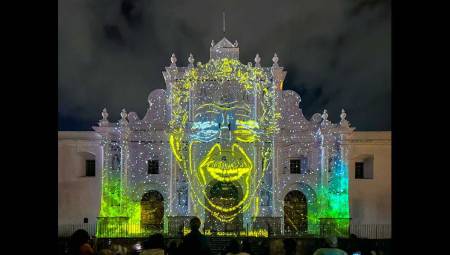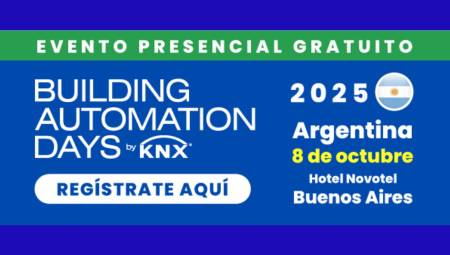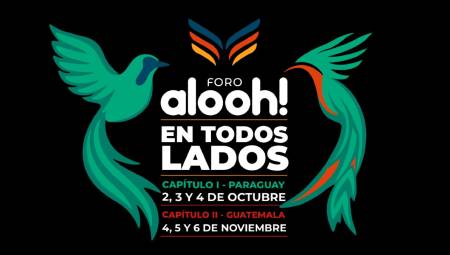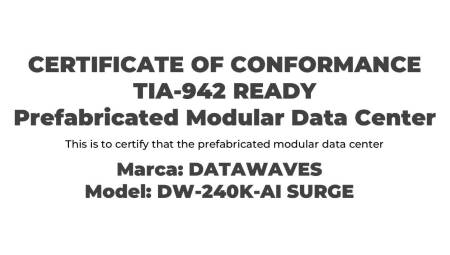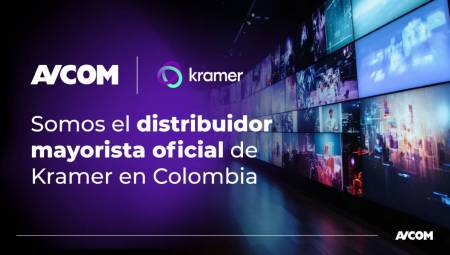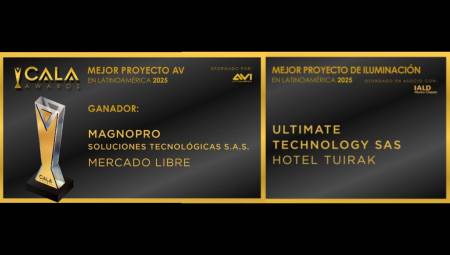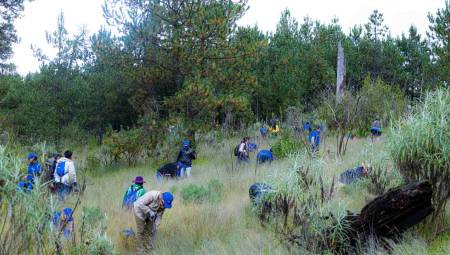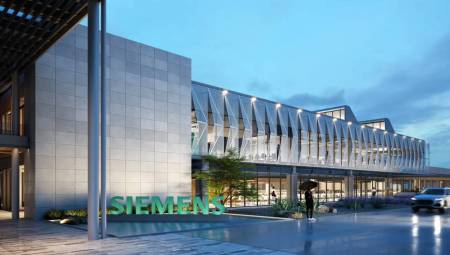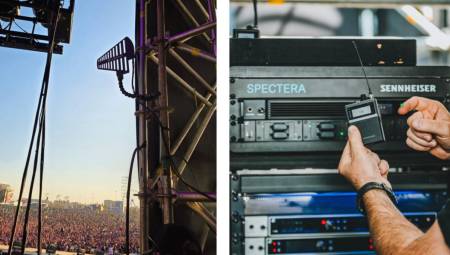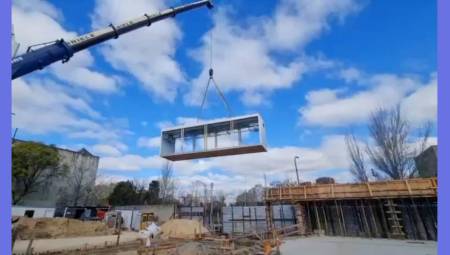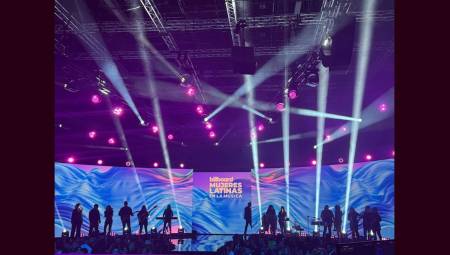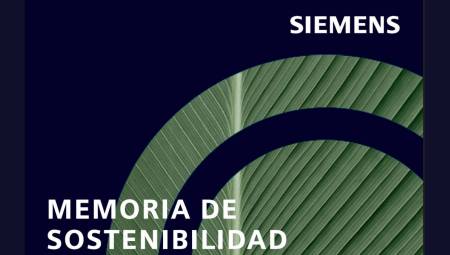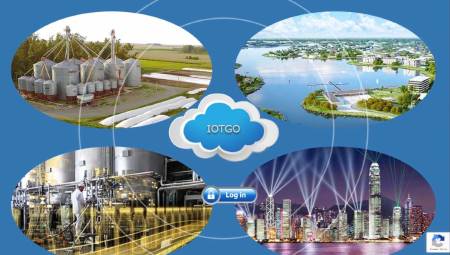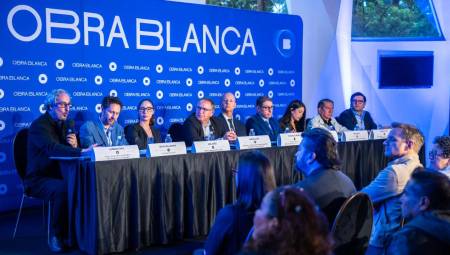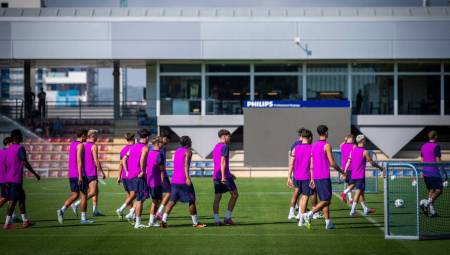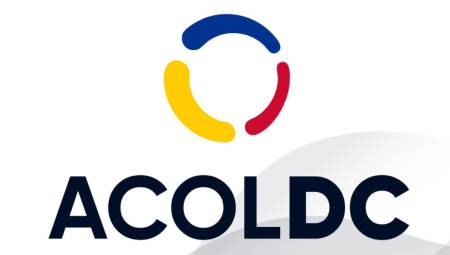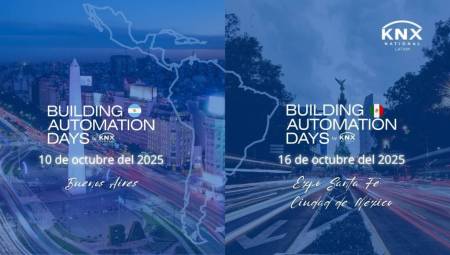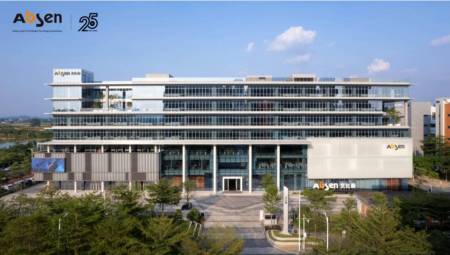Colombia. The class A office market in Bogota closed the second quarter with solid signs of recovery, pointing towards a new cycle of real estate appreciation.
With a net absorption of 23,950 m² and a vacancy rate that fell to 9.9%, the sector shows significant progress in the reactivation of its post-pandemic dynamics, marked by a growing demand for efficient, sustainable and connected spaces.
According to the most recent report by Cushman & Wakefield, the positive evolution of the market responds, to a large extent, to the prominence of emerging submarkets outside the CBD (Central Business District), which are attracting a greater volume of occupancy due to their better technical and urban conditions. The NON-CBD submarket led the absorption of the quarter for the first time with 13,270 m², surpassing traditional areas.
Juan Carlos Delgado, Country Manager of Cushman & Wakefield in Colombia, points out that "occupants are migrating towards more efficient, functional and sustainable spaces. Bogota is transitioning towards a more polycentric and sophisticated corporate market."
Currently, the inventory of class A offices totals 1.36 million square meters, 90% of them in the CBD corridor. However, alternative corridors such as Santa Barbara, Avenida Chile, Nogal-Andino and Calle 100 stand out with vacancy rates below 2%, reflecting a growing pressure for strategically located and high-standard spaces.
In terms of appreciation, the asking rent price showed an average increase of 10% in the last year, reaching up to 15% in some emerging sectors of the northwest. This behaviour is directly related to the scarcity of high-specification spaces in traditional areas and the entry of new developments in areas with greater urban potential.
"The way companies perceive their spaces has changed radically. Today, functional environments are prioritized, which inspire and provide human value, not just premium locations," added Laura Acevedo, Senior Broker at Cushman & Wakefield.
Currently, Bogotá has 130,892 m² of office space under construction, concentrated in corridors such as Calle 100, Salitre and Nogal Andino. These projects respond to a demand that is increasingly seeking advanced technical criteria, sustainable certifications and urban connectivity. In the future, the pipeline of projects amounts to 668,080 m², with deliveries expected for the next 7 to 10 years. This future offer is focused on mixed corridors such as Salitre, the Center and the northwest, which strengthens a vision of a more distributed and resilient city.
From the macroeconomic front, the environment remains challenging, but with signs of improvement. Despite a moderate reduction of -5.0% in the licensed area of non-residential destinations in April 2025, a gradual recovery of the real estate market is projected. This will be supported by the decrease in interest rates (currently at 9.25%), moderate inflation of 4.82% and an expectation of GDP growth of 2.3% by the end of 2025.
The transformation of the office market in Bogotá is also framed in a changing urban context. Projects such as Line 1 of the Metro and the Regiotram are redefining connectivity and expanding the possibilities of consolidating new business centralities. Although these works do not yet generate real estate consolidation on their own, they do act as catalysts for future development areas.
These industry indicators show a market that is evolving towards a more modern, diversified and aligned offer with ESG principles. Bogota is positioned as an attractive place for occupants who prioritize not only profitability, but also well-being, sustainability and urban projection.



